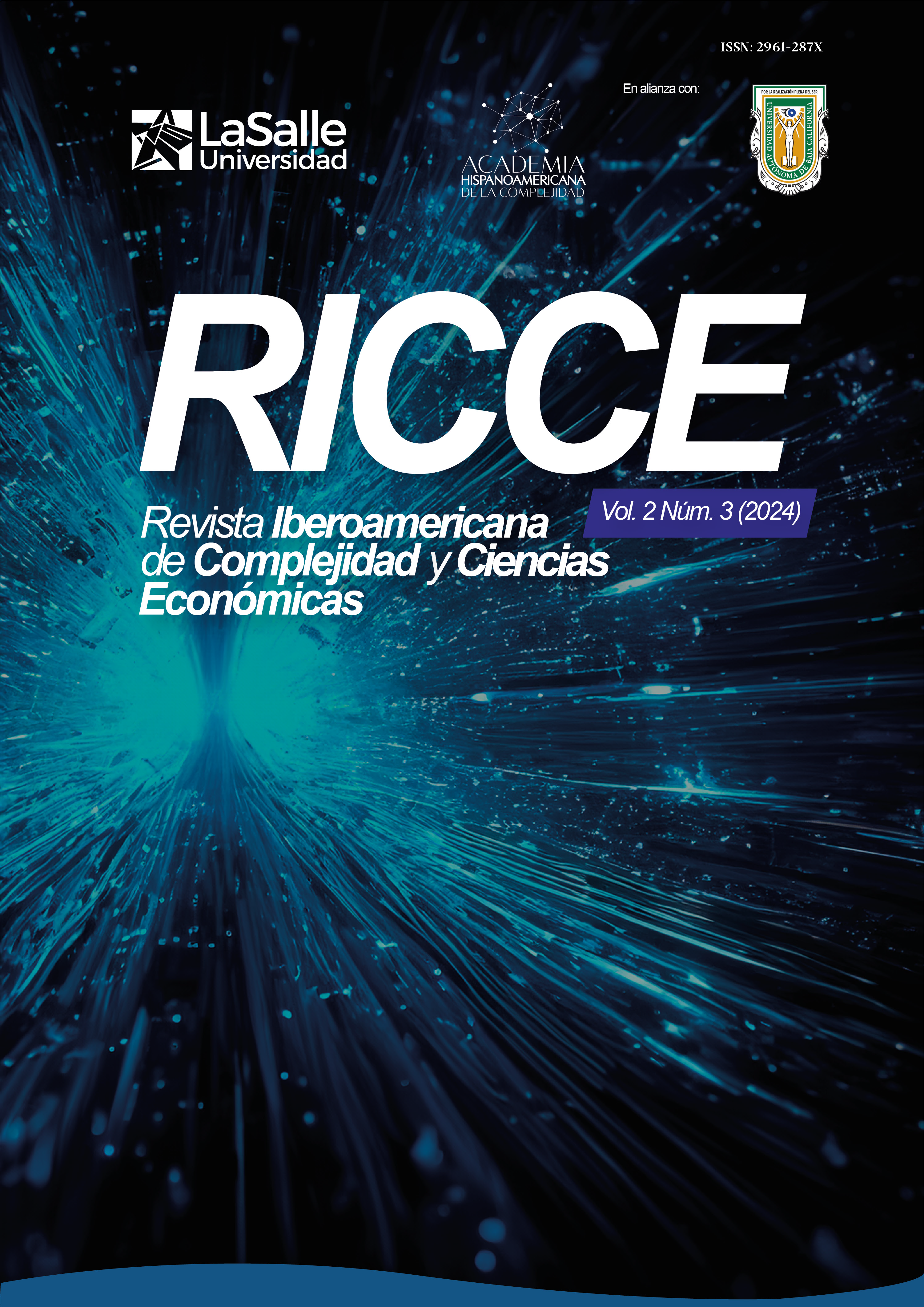Education in Disaster Risk Management
Abstract
PROBLEM: Disaster Risk Management education lacks a proactive approach related to disaster risk reduction. OBJECTIVE: Analyze disaster risk management through a different logic that allows addressing disaster risk reduction. METHOD: The synthetic analytical method was applied, in order to understand the object of study in parts, which, in this case, is risk management, to then analyze them jointly and understand the importance of reduction. of disaster risk. RESULTS: As a result, the proactive analysis of disaster risk reduction will be obtained through a different logic. CONCLUSION: the analysis of disaster risk management through a different logic will allow disaster reduction to be addressed as a proactive action in the subject studied.
Downloads
References
Ley de Gestión de Riesgos de Bolivia, (2014). http://www.defensacivil.gob.bo/web/uploads/pdfs/Ley-y-reglamento.pdf
Unidad Nacional para la Gestión del Riesgo de Desastres (s/f). Educación y gestión del riesgo de desastres. Colombia. https://portal.gestiondelriesgo.gov.co/Documents/Conocimiento/Conocimiento-In-Educacion-y-Gestion-del-Riesgo-de-Desastres.pdf
Ramírez, M. (1989). La educación en la gestión del riesgo de desastres: Una experiencia de todas y todos. Costa Rica
Rosales, J. (2021). Evolución histórica de la concepción de la gestión de riesgos de desastres: Algunas consideraciones. Caracas, Venezuela. https://revistas.pucp.edu.pe/index.php/Kawsaypacha/article/view/23577
UNISDR. (2015). Marco de Sendai para la Reducción del Riesgo de Desastres 2015-2030. Resolución Aprobada Por La Asamblea General El 3 de Junio de 2015, 26. http://www2.ohchr.org/spanish/bodies/hrcouncil/docs/gaA.RES.60.1_Sp.pdf
Copyright (c) 2024 Iberoamerican Journal of Complexity and Economics Sciences

This work is licensed under a Creative Commons Attribution-NonCommercial-NoDerivatives 4.0 International License.
The authors transfer exclusively the right to publish their article to the Iberoamerican Journal of Complexity and Economics Sciences, which may formally edit or modify the approved text to comply with its own editorial regulations and with universal grammatical standards, before its publication; Likewise, our journal may translate the approved manuscripts into as many languages as it deems necessary and disseminate them in various countries, always giving public recognition to the author or authors of the research.









